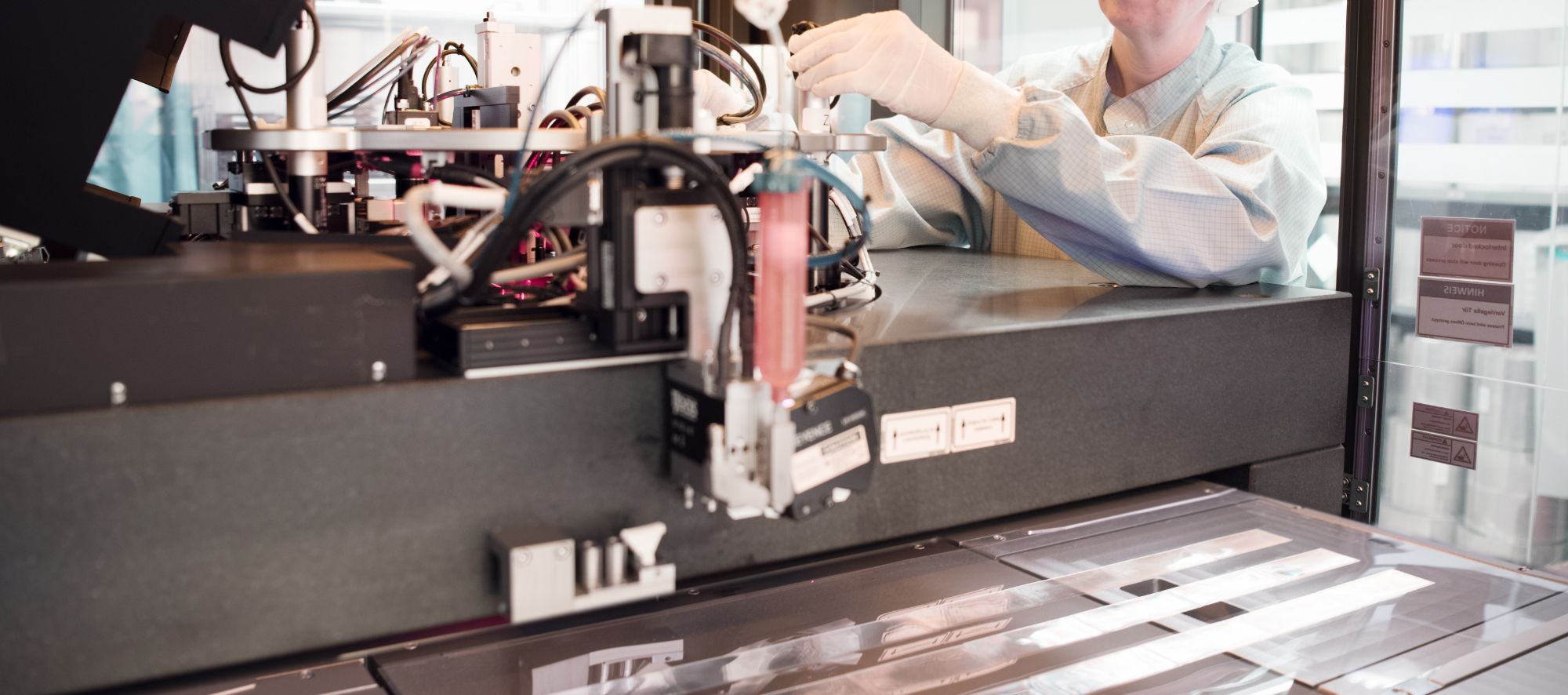https://www.ucl.ac.uk/
University College London (UCL) has a global reputation for excellence in research and is committed to delivering impact and innovations that enhance the lives of people worldwide. The role of UCL in Hi-Accuracy includes the contribution to multilayer barrier, p-type OSC, TFT structures, conducting electrodes as well as dissemination. UCL’s tasks include project planning and technical coordination involving the following and lead the workpackage /tasks on:
(i) The development of efficient methods for the manufacturing of multilayer barrier, p-type OSC, OTFT based structures, interlayer and conducting electrodes;
(ii) Fabricating the test structures;
(iii) Materials characterisation and validation;
(iv) Develop and manufacture non-vacuum prototype coatings & solutions, including their integration into novel printed electronic systems, in collaboration with industrial partners using novel, cost-effective methods, integrating with ESJET and solutions that have been developed in the above.
(v) Market and technology take-up planning with project partners and Future Research Road Mapping, which targets the full exploitation of Hi-Accµracy results.
